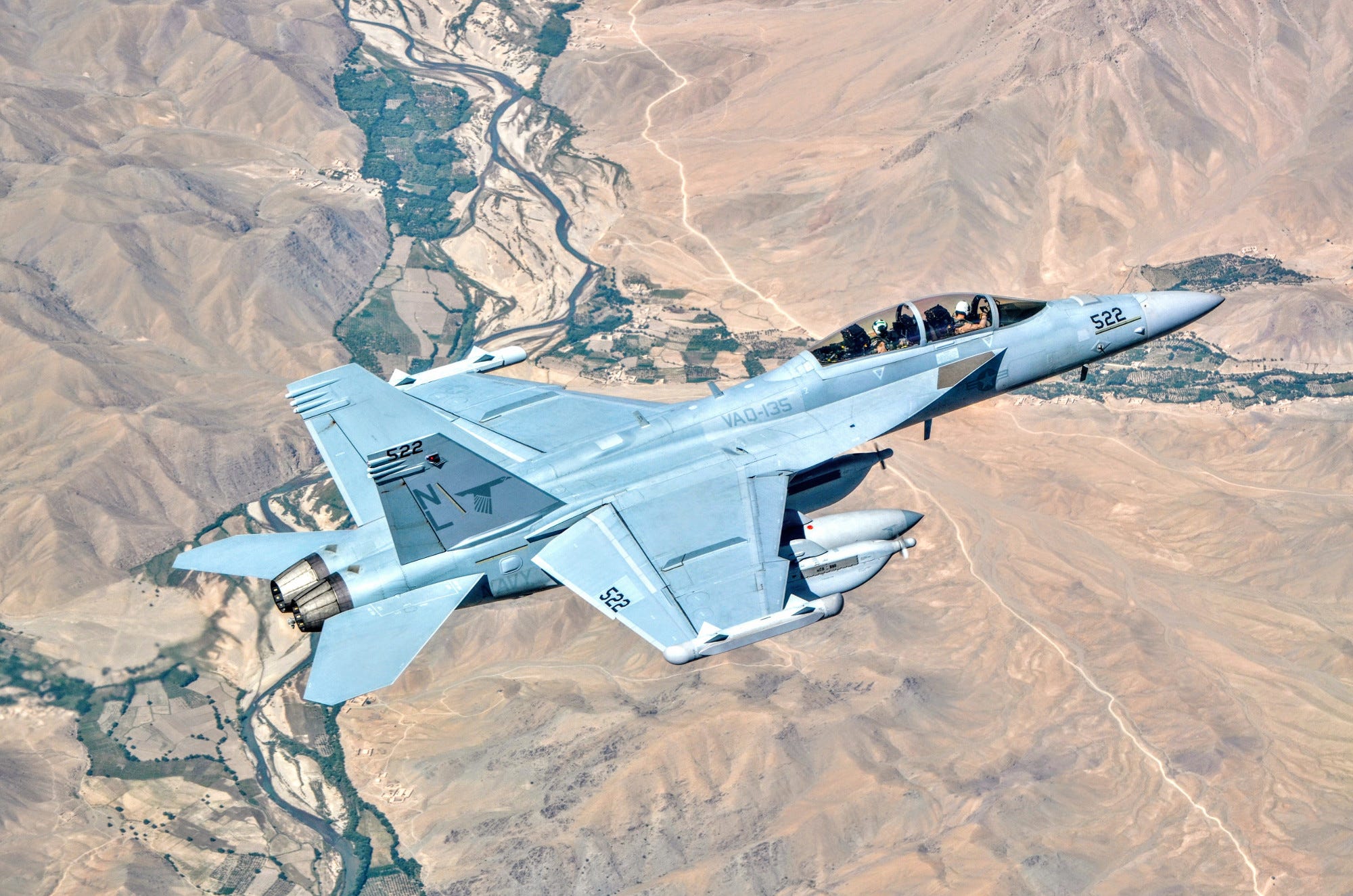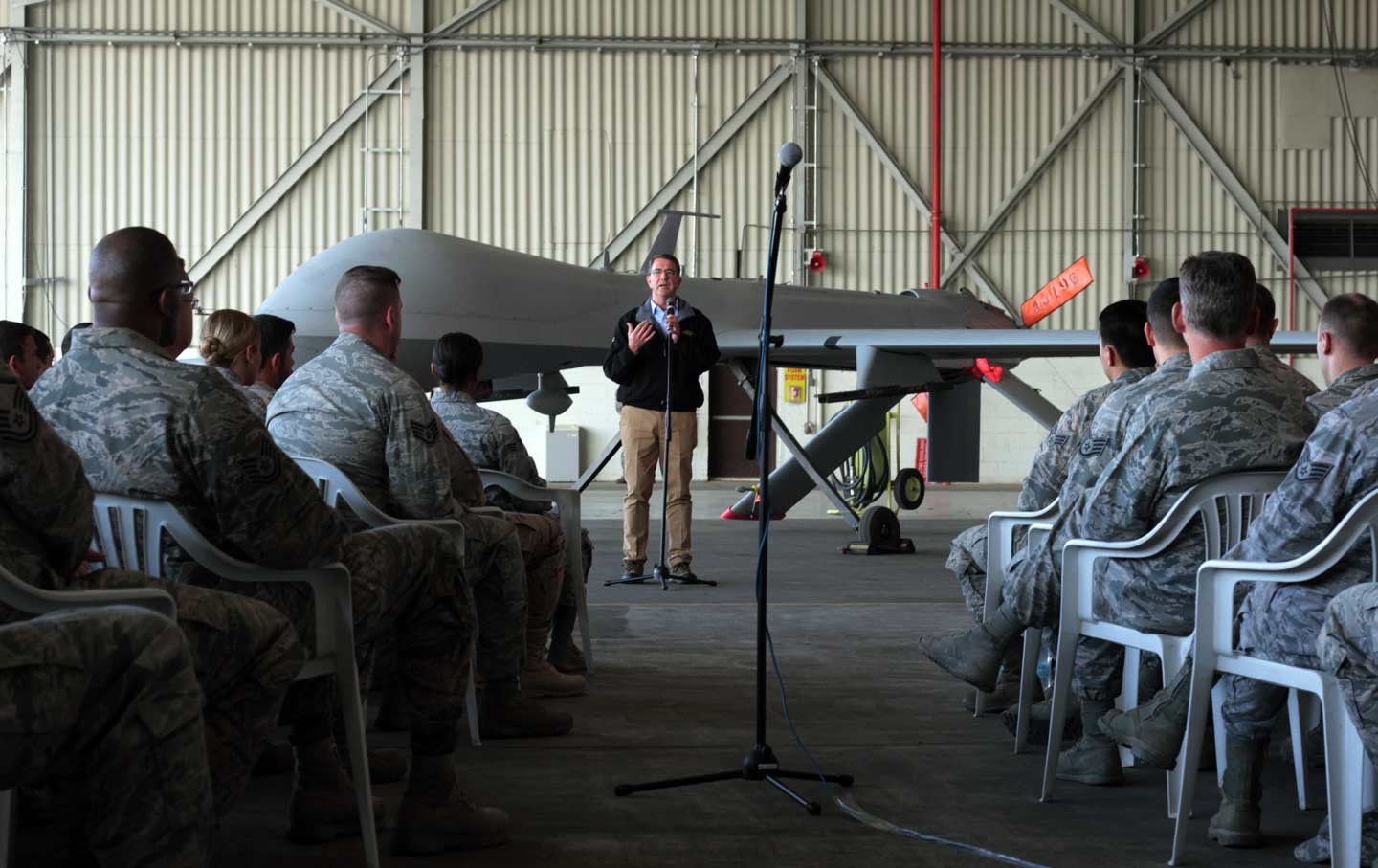Author: Seth G. Jones, Director, International Security and Defense Policy Center, RAND Corporation
PublisherCouncil on Foreign Relations Press
Introduction
 Since 2001, the United States and its international partners have expended substantial resources to secure, stabilize, and rebuild Afghanistan. Recent developments, however, indicate that progress toward these strategic goals is slipping. The Taliban has seized swaths of rural Afghanistan in such provinces as Helmand, Uruzgan, Nangarhar, and Kunduz. Over the past year, Taliban forces have also conducted several offensives against district and provincial capitals. In September 2015, for example, the northern city of Kunduz temporarily fell to the Taliban before being retaken by government forces. Meanwhile, the effectiveness of the National Unity Government continues to be undermined by poor governance and internal friction between President Ashraf Ghani, Chief Executive Officer (CEO) Abdullah Abdullah, and their supporters. A significant worsening of the political and security situations in Afghanistan over the next twelve to eighteen months is therefore plausible. More specifically, there is a growing risk that the current National Unity Government in Kabul could collapse because of a defection by Abdullah, a severe economic crisis, the establishment of a parallel government, or a coup d’état. There is also a growing possibility that the Taliban could gain substantial territory in one or more cities. These contingencies would amount to a strategic reversal for the United States, since Washington was instrumental in helping create the National Unity Government in 2014. These developments would also likely increase the presence of Islamic extremist groups, including al-Qaeda, and intensify security competition between such regional powers as nuclear-armed India and Pakistan.
Since 2001, the United States and its international partners have expended substantial resources to secure, stabilize, and rebuild Afghanistan. Recent developments, however, indicate that progress toward these strategic goals is slipping. The Taliban has seized swaths of rural Afghanistan in such provinces as Helmand, Uruzgan, Nangarhar, and Kunduz. Over the past year, Taliban forces have also conducted several offensives against district and provincial capitals. In September 2015, for example, the northern city of Kunduz temporarily fell to the Taliban before being retaken by government forces. Meanwhile, the effectiveness of the National Unity Government continues to be undermined by poor governance and internal friction between President Ashraf Ghani, Chief Executive Officer (CEO) Abdullah Abdullah, and their supporters. A significant worsening of the political and security situations in Afghanistan over the next twelve to eighteen months is therefore plausible. More specifically, there is a growing risk that the current National Unity Government in Kabul could collapse because of a defection by Abdullah, a severe economic crisis, the establishment of a parallel government, or a coup d’état. There is also a growing possibility that the Taliban could gain substantial territory in one or more cities. These contingencies would amount to a strategic reversal for the United States, since Washington was instrumental in helping create the National Unity Government in 2014. These developments would also likely increase the presence of Islamic extremist groups, including al-Qaeda, and intensify security competition between such regional powers as nuclear-armed India and Pakistan.
The Contingencies







